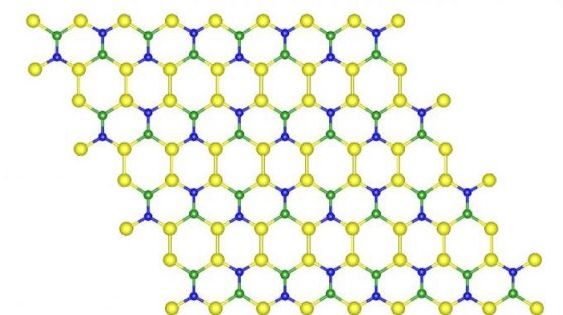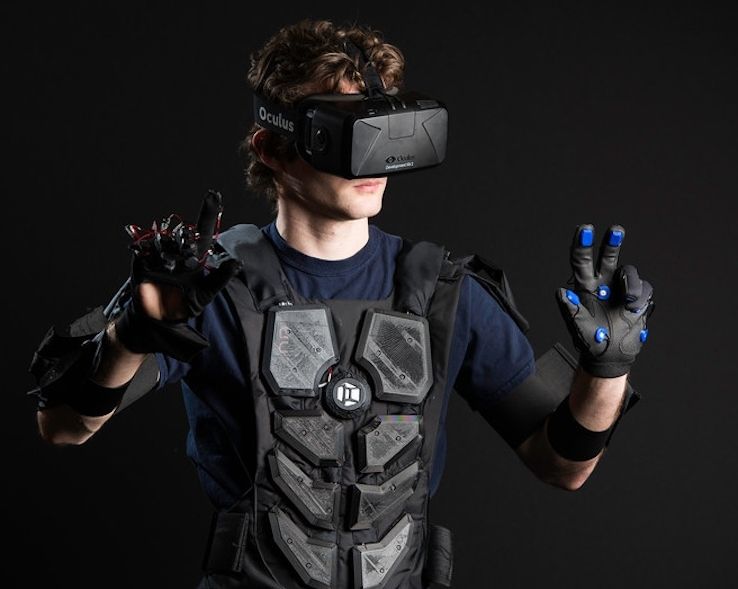New material improving stealth mode vehicles and planes.
When Surrey NanoSystems introduced the original Vantablack, the company said the carbon nanotube material is capable of absorbing 99.96 percent of light that touches it. It’s so dark, it can fool your eyes into seeing a smooth surface even when the nanotubes were actually grown on crumpled foil (seriously — watch the video below the fold). Well, the new version of Vantablack is darker than that. In fact, Surrey can’t even give us the percentage of light that gets absorbed, because its spectrometers can’t measure it.
In this video below (and the GIF above), you can see the material engulf the laser pointer in darkness when it moves across:






